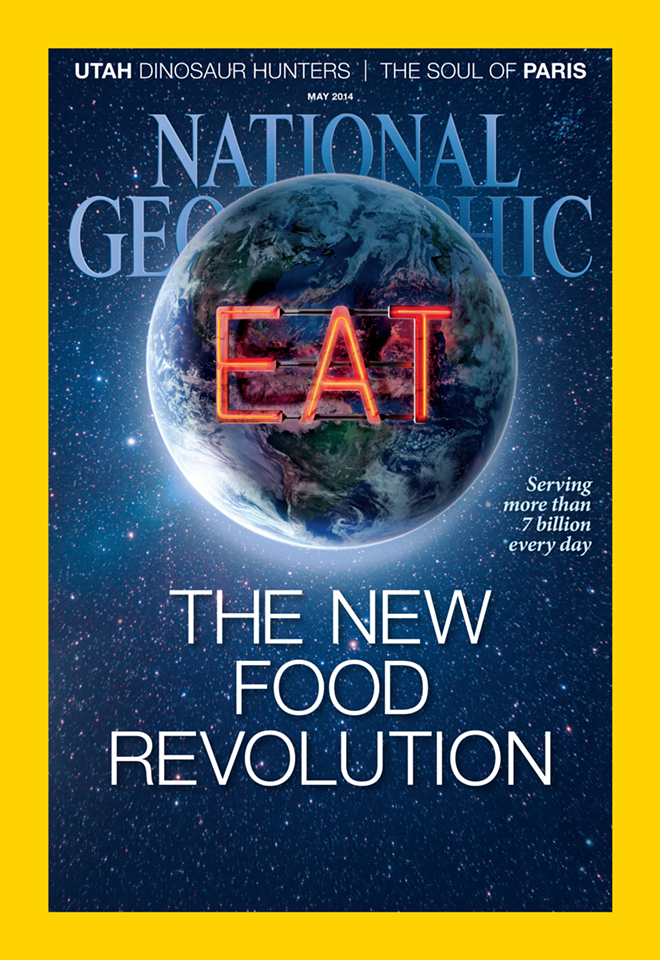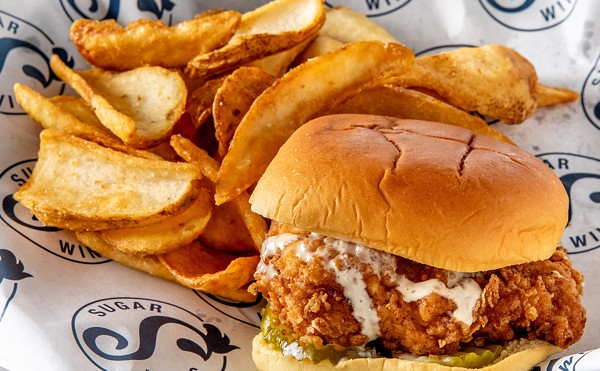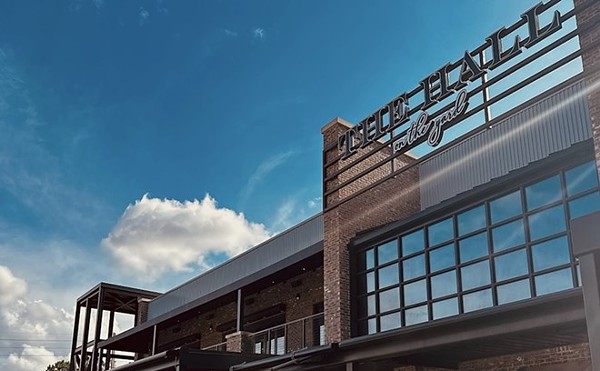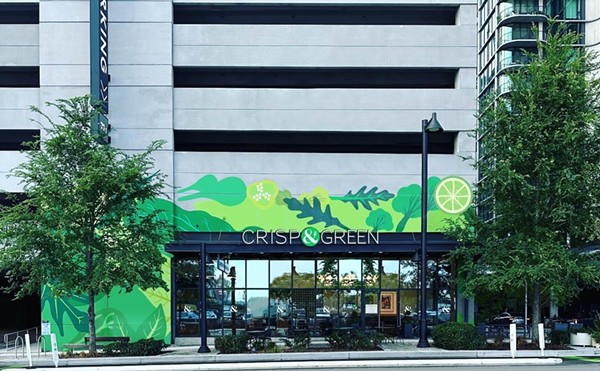On March 31, the United Nations’ Intergovernmental Panel on Climate Change reported that climate change and its impacts are “occurring on all continents and across the oceans.” It said the world is not prepared to combat the risks associated with a changing climate, which vary depending upon locale, but that these risks can be addressed.
The findings also noted that high levels of warming will make managing risks, such as food security, difficult.
Following the report, National Geographic launched an eight-part series called “The Future of Food,” investigating the balance between global sustenance and sustainability.
Next month's cover of the magazine features “Food: Feeding 9 Billion” by Jonathan Foley, the first story in the series, which discusses how the worldwide need for food will involve nourishing two billion more people by 2050.
With photos and graphics on industrial farming, consumption and more, Foley outlines a five-step plan that he says could ensure the global population is fed without additional damage to the environment.
In the spirit of Earth Day, here’s an excerpt from Foley’s multimedia piece in Nat Geo’s May issue, as well as some of the images and captions that accompanied this first article in the series:
When we think about threats to the environment, we tend to picture cars and smokestacks, not dinner. But the truth is, our need for food poses one of the biggest dangers to the planet.
Agriculture is among the greatest contributors to global warming, emitting more greenhouse gases than all our cars, trucks, trains and airplanes combined — largely from methane released by cattle and rice farms, nitrous oxide from fertilized fields and carbon dioxide from the cutting of rain forests to grow crops or raise livestock.

Farming is the thirstiest user of our precious water supplies and a major polluter, as runoff from fertilizers and manure disrupts fragile lakes, rivers and coastal ecosystems across the globe. Agriculture also accelerates the loss of biodiversity. As we’ve cleared areas of grassland and forest for farms, we’ve lost crucial habitat, making agriculture a major driver of wildlife extinction.
The environmental challenges posed by agriculture are huge, and they’ll only become more pressing as we try to meet the growing need for food worldwide. We’ll likely have two billion more mouths to feed by mid-century — more than nine billion people.

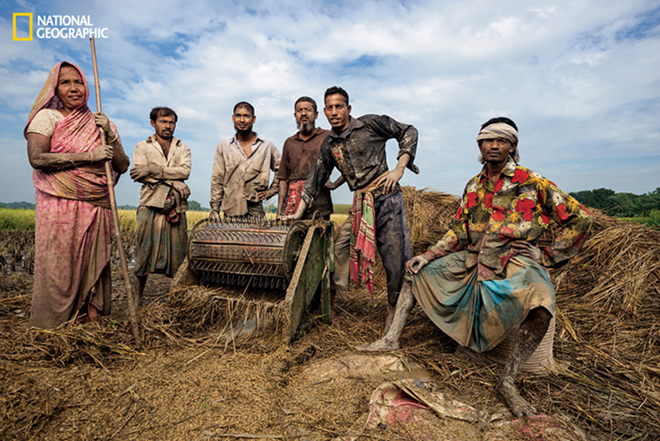
Though small farms tend to lag behind industrial farms in yields, they often deliver more food that actually ends up feeding people.
But sheer population growth isn’t the only reason we’ll need more food. The spread of prosperity across the world, especially in China and India, is driving an increased demand for meat, eggs and dairy, boosting pressure to grow more corn and soybeans to feed more cattle, pigs and chickens.
If these trends continue, the double whammy of population growth and richer diets will require us to roughly double the amount of crops we grow by 2050.
Read the rest of the story on the magazine’s website.
The Nat Geo series plans to cover topics like aquaculture, food waste and meat in upcoming months.

